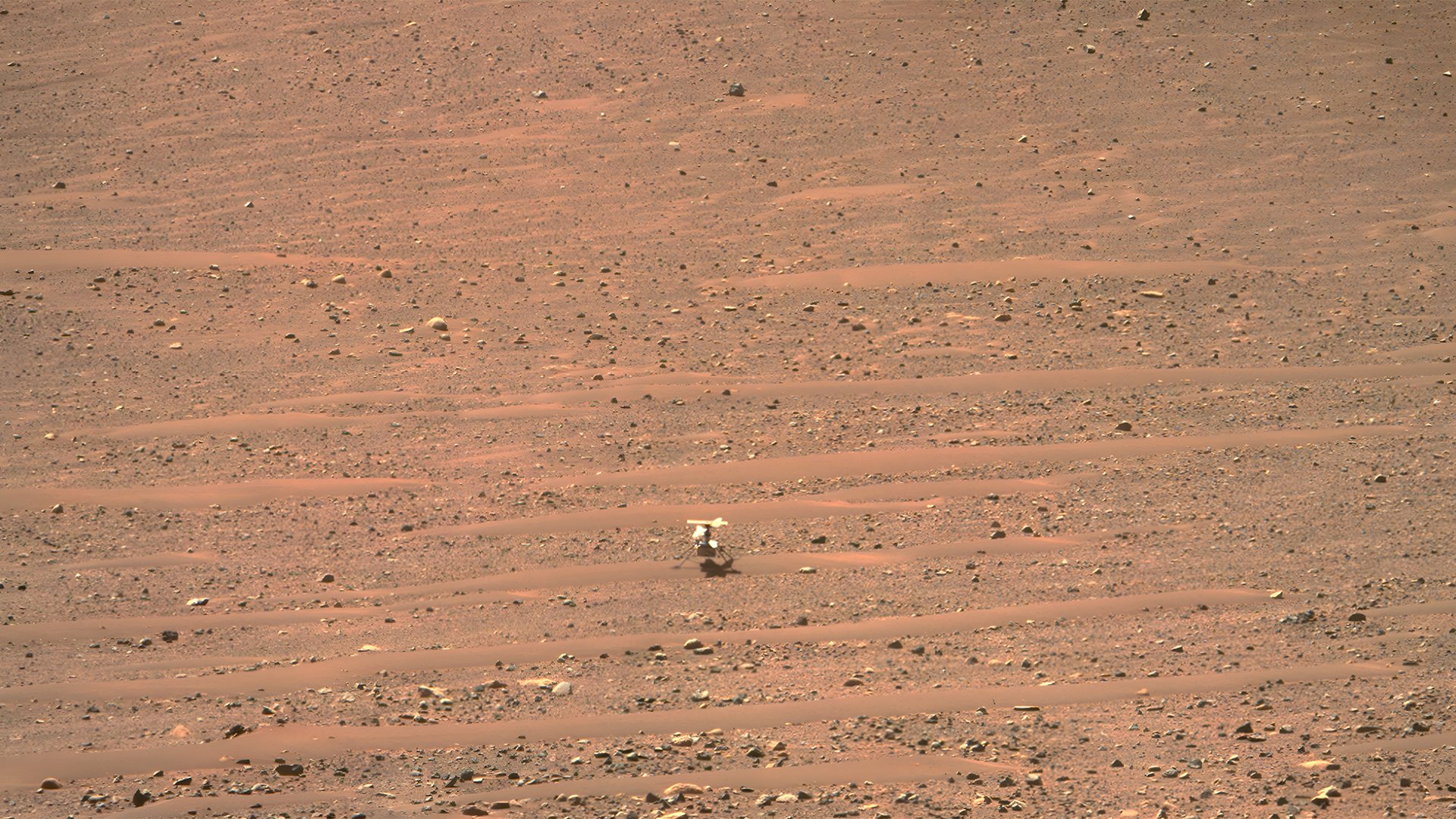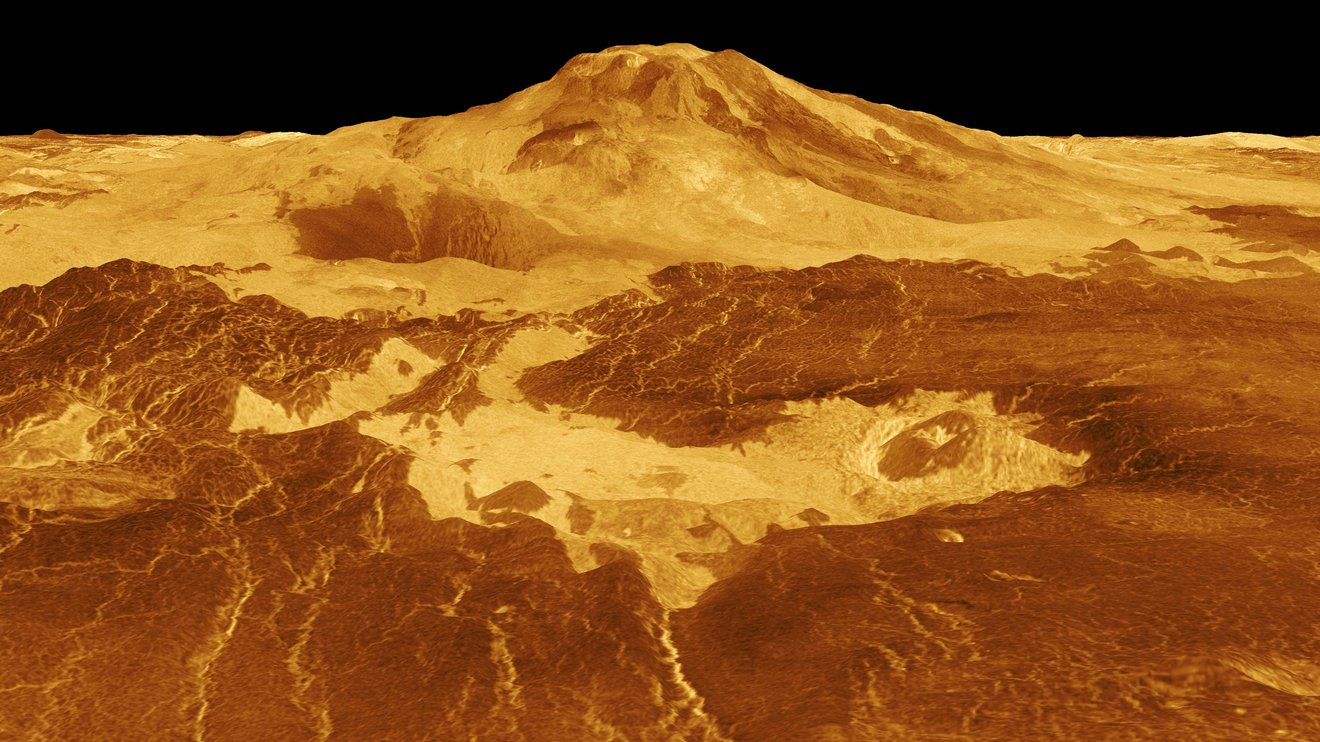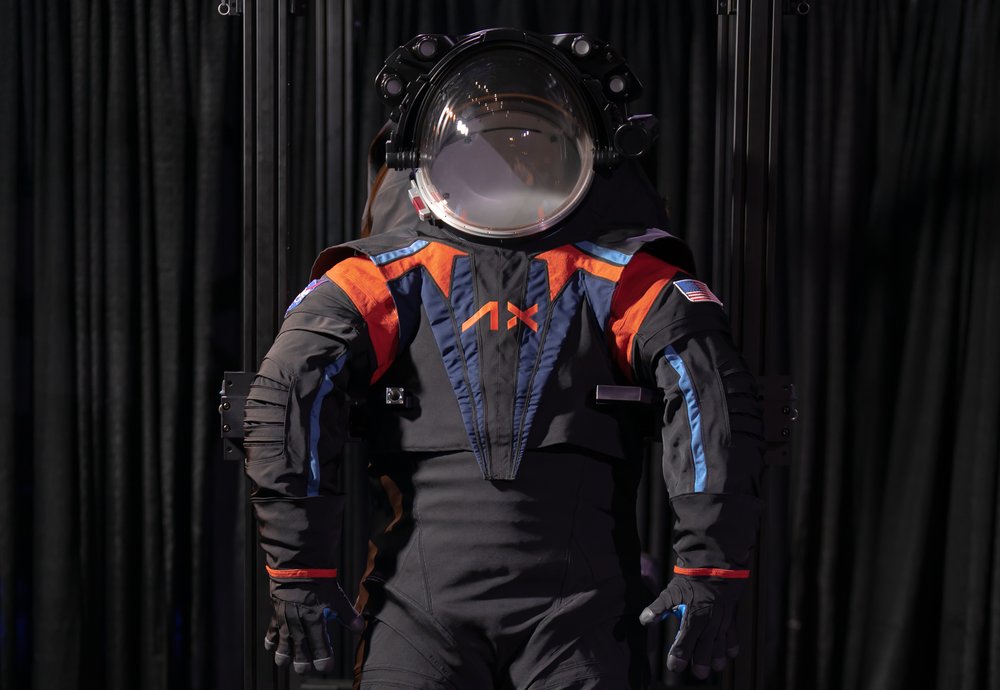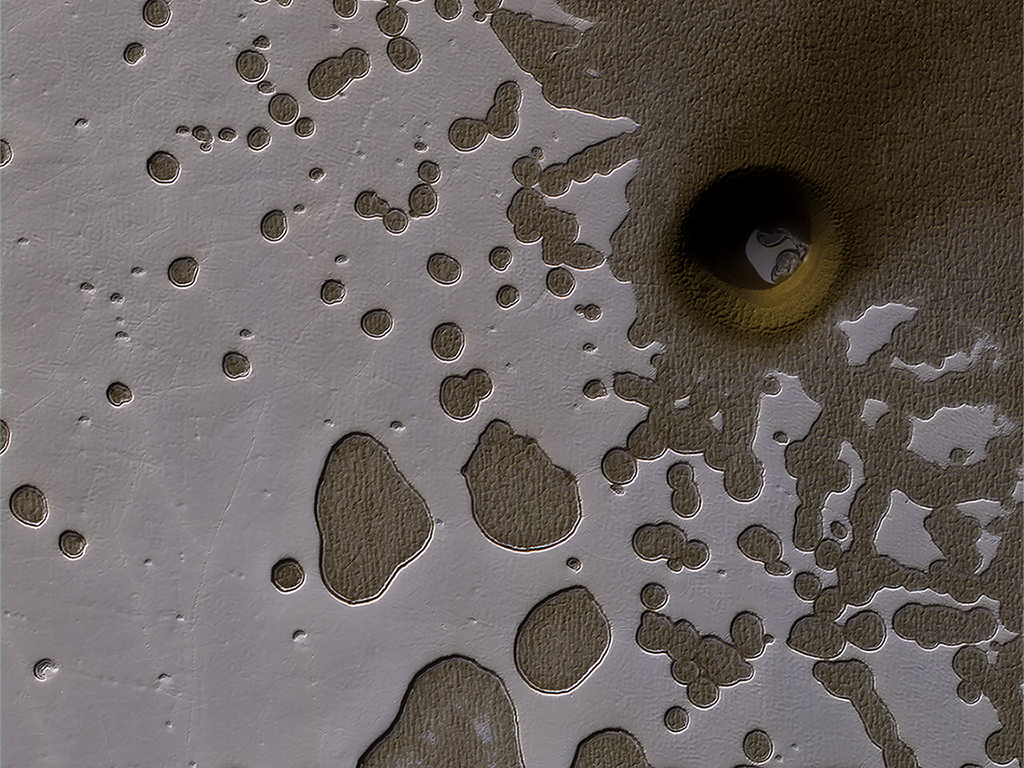Remember how exciting it was in 2017 when a total solar eclipse crossed the United States? We’re in for two more well-placed eclipses over the next year, so it’s time to get organized to take advantage of these unparalleled celestial events.
On October 14, 2023, an annular eclipse will be visible to millions of people in the US, crossing northwest to south central, from the coast of Oregon down to the Texas Panhandle.
Then, on April 8, 2024, a total solar eclipse will be visible to millions more, crossing south central to northeast, from southern Texas to Eastern Canada. It will be visible in parts of Mexico, too.
Now is the time to make plans of where you want to be for either or both events. But, if you live near San Antonio, don’t go anywhere! You’ll get to see both eclipses right from your backyard.
No matter where you live, if you have the opportunity to see a solar eclipse – whether it is annular or total – DO IT!
Continue reading “It's Time to Start Planning Your 2023/2024 Eclipse Adventures”










